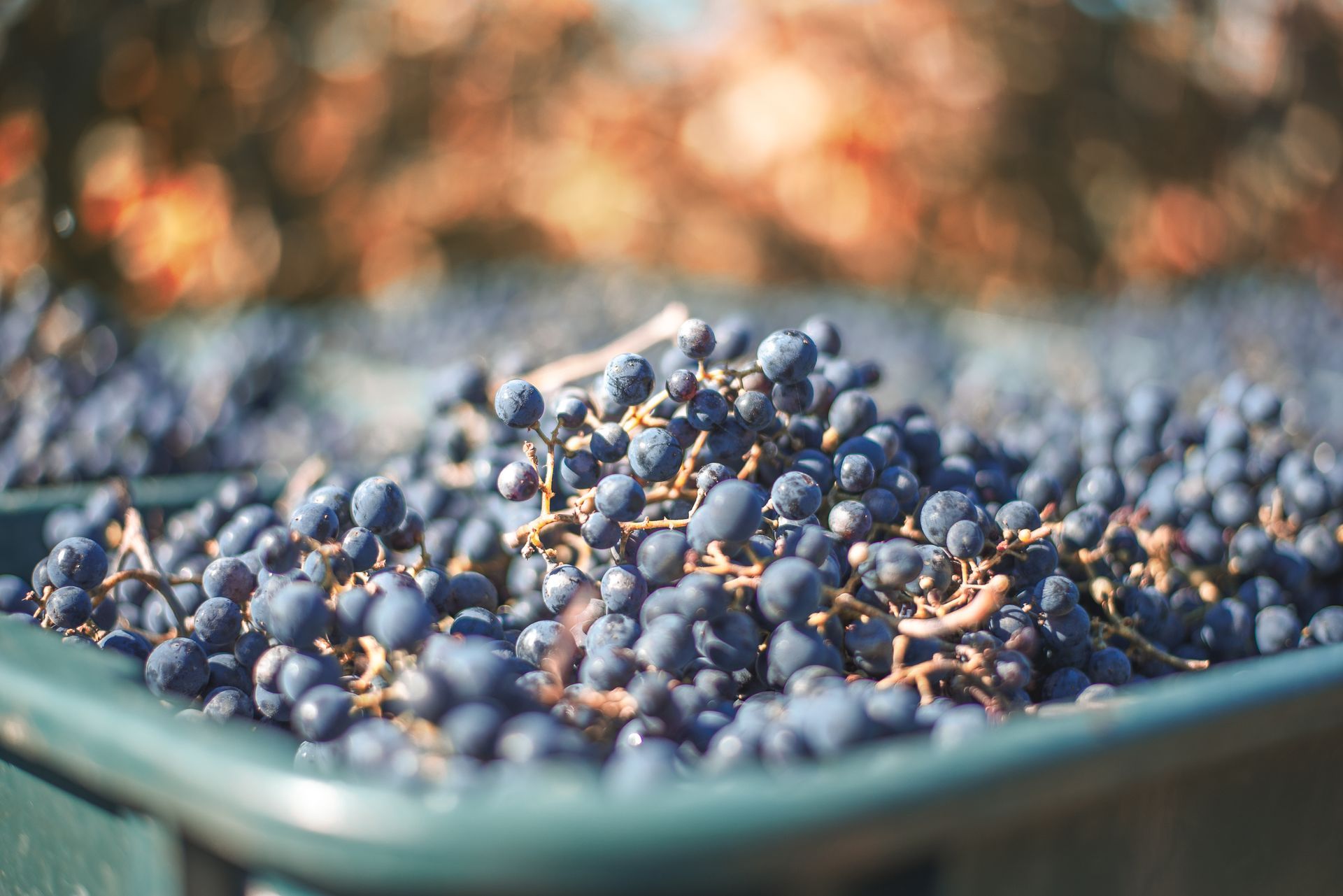AgroInsights- Regenerative Ag
California Wine Grapes

Rod Carlsen, District Sales Manager for California
Wine grapes are a major specialty crop in California, with over 575,000 bearing acres in production, according to the USDA's most recent (2021) statistics. Whether the state is mired in drought (2020-2022 growing seasons) or well supplied with water (2023 is, thankfully), wine grapes require adequate potassium levels to ensure the ripening of a high-quality crop. Potassium plays a host of critical roles in relation to plant metabolism and helping all crop types deal with abiotic stress, often manifested in the form of hydric (water) stress. Hydric stress can be due to a lack of supply of irrigation water (e.g., 2020-2022 growing seasons) or intentionally brought about by deficit irrigation programs in which irrigation amounts are deliberately reduced to help ensure the winery is receiving harvested fruit with quality components (e.g., acidity, color, tannin) that are above-and-beyond the main fruit characteristics.
According to the current edition of the "Western Fertilizer Handbook," published by the Western Plant Health Association, 13 pounds of K20 per harvested ton of fruit leave the vineyard for the winery crush pad. For a high-quality vineyard yielding 5 tons to the acre, this equates to 65 pounds of K20/acre. What complicates matters is that vineyard soil types vary widely in their ability to supply potassium to vines in California's key, growing regions. To name a few: deep sandy soils in pockets of the interior regions of the San Joaquin Valley and San Joaquin River Delta, to alluvial clay and gravel-rich riverbed soils in coastal California where potassium is often "fixed," or tied up in the clay lattice of the soil, to hillside volcanic soils that are often high in magnesium which antagonizes potassium uptake in the vine. For these reasons, and many others not listed in the interest of relative brevity, growers must supplement their base potassium programs with in-season, liquid potassium applications through drip irrigation, foliar applications, or both.
NACHURS K-fuel® (0-0-24) is an ideal fit for supplementing base potassium fertility programs in the production of high-quality wine grapes. K-fuel contains the highest concentration of our Bio-K® technology in the NACHURS product line. It can be applied via drip, at 3-5 gallons per acre, post-fruit set through the early onset of veraison (berry ripening phase). It can also be applied as a foliar at 2-4 quarts/acre with crop protection chemistry during the same vine physiology phases as with applications made to the soil. Potassium has partnering interactions with other vital nutrients for producing high-quality wine grapes, such as Calcium and Magnesium. When soil composition and chemistry are challenging (see prior paragraph), K-fuel can help the grower work around the soil challenges by first delivering the most soluble form of potassium (Bio-K) to the vine. Secondly, the acetate molecule contained in Bio-K and K-fuel is an anionic (negatively charged ion) carrier that can transport other positively charged nutrients like Calcium and Magnesium into the vine that otherwise would be tied up in the soil. Thirdly, acetate is also a carbon-containing molecule that is a recognizable and usable food source for bacteria and fungi in the root zone to utilize to free up additional resident soil nutrition (e.g., released by mineralization and chelation). In sum, with NACHURS Bio-K products, specifically K-fuel for wine grapes, the grower is applying a product that provides a 3-for-1 value proposition which ultimately does MORE with less!
Cheers!












